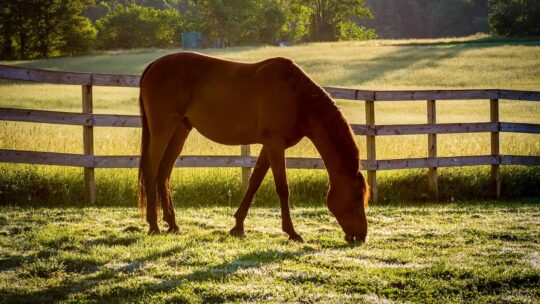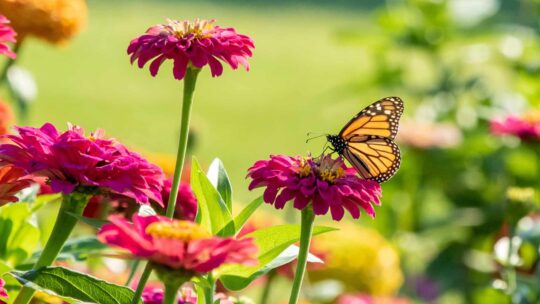
Although summer’s a distant memory, it doesn’t mean the symphonies of chirping birds have to be, too. If you’re a feathered-friend lover, there are a number of ways to build a backyard bird habitat that’ll attract birds to your yard this winter.
When seasons change, so do the species, and numbers, of birds you may observe at home. While many migrate south for the colder months, Canadian or Alaskan species may be paying your hometown a visit to winter more hospitably. So, follow these backyard bird habitat tips and rest assured they’ll be flocking to yours, soon!

Building a Backyard Bird Habitat
Leave fall seedheads. As flower blooms and grasses die back in the fall, removing them seems only logical. But, wildflower seedheads and native grasses provide an important fall and winter food source for birds. So, consider leaving seedheads on perennials through the fall months so birds can forage on them.
Build a brush pile. Leaf cleanup is an almost-ubiquitous fall maintenance ritual, but it can be done in a way that benefits native bird species. If there’s a wooded or naturalized area on your property, it’s a prime spot for a leaf pile. It’ll provide shelter—as well as a food source—for the ground-foraging birds throughout the harsh winter months. But that’s not all! Leaf piles both act as a great source of organic soil fertilizer and a habitat to many other creatures. Worms, salamanders, insects, and a host of microorganisms like to build their home in leaf piles, and help break down leaves, build healthy soil, and feed the birds.
Leave dead limbs where they lay. If they don’t pose a hazard, consider leaving dead tree limbs—or, snags—in place. Doing so will provide an excellent food source—as well as habitat—for birds such as woodpeckers. Soon, you’ll be hearing the rhythmic drum of their feeding. Or, watching their fledglings exit a limb’s hollow cavity come springtime!
Plant native species. Fall’s a great time to plant trees and shrubs. Consider selecting native plants, as many will serve double duty. In addition to providing an aesthetic enhancement, they’ll also provide migrating or wintering birds with food and shelter. The berries from many native trees and shrubs are an important food source for birds—and, they provide beautiful autumn foliage color, to boot! While perennial flowering shrubs and deciduous trees act as a great food source, the dense branches of evergreen shrubs and trees such as cedars and pines provide important shelter from the elements, too. A great tool for native plant selection is Audubon’s native plant database.

RECOMMENDED VIDEO:
How to Build a DIY Wooden Bird Feeder
In this Backyard Life video, landscape designer and Done-In-A-Weekend Projects host Doug Scott, demonstrates building one—out of an inexpensive cedar picket, to be exact. Doug also identifies the different types of bird feeders available to choose from. He even provides tips on ideal locations to hang your DIY masterpiece, and provides you with a bird feeder plan for your personal use!
Supplement with bird feeder. In addition to the natural food sources native plants provide, consider adding a bird feeder into your habitat mix. There are a multitude of styles to choose from—including squirrel and other pest-resistant models, too. Make sure to keep them full to enjoy birdwatching from the onset of winter straight on through spring. And, don’t forget to offer birds a drink, as well. Heated baths provide an excellent water source during the colder winter months.



